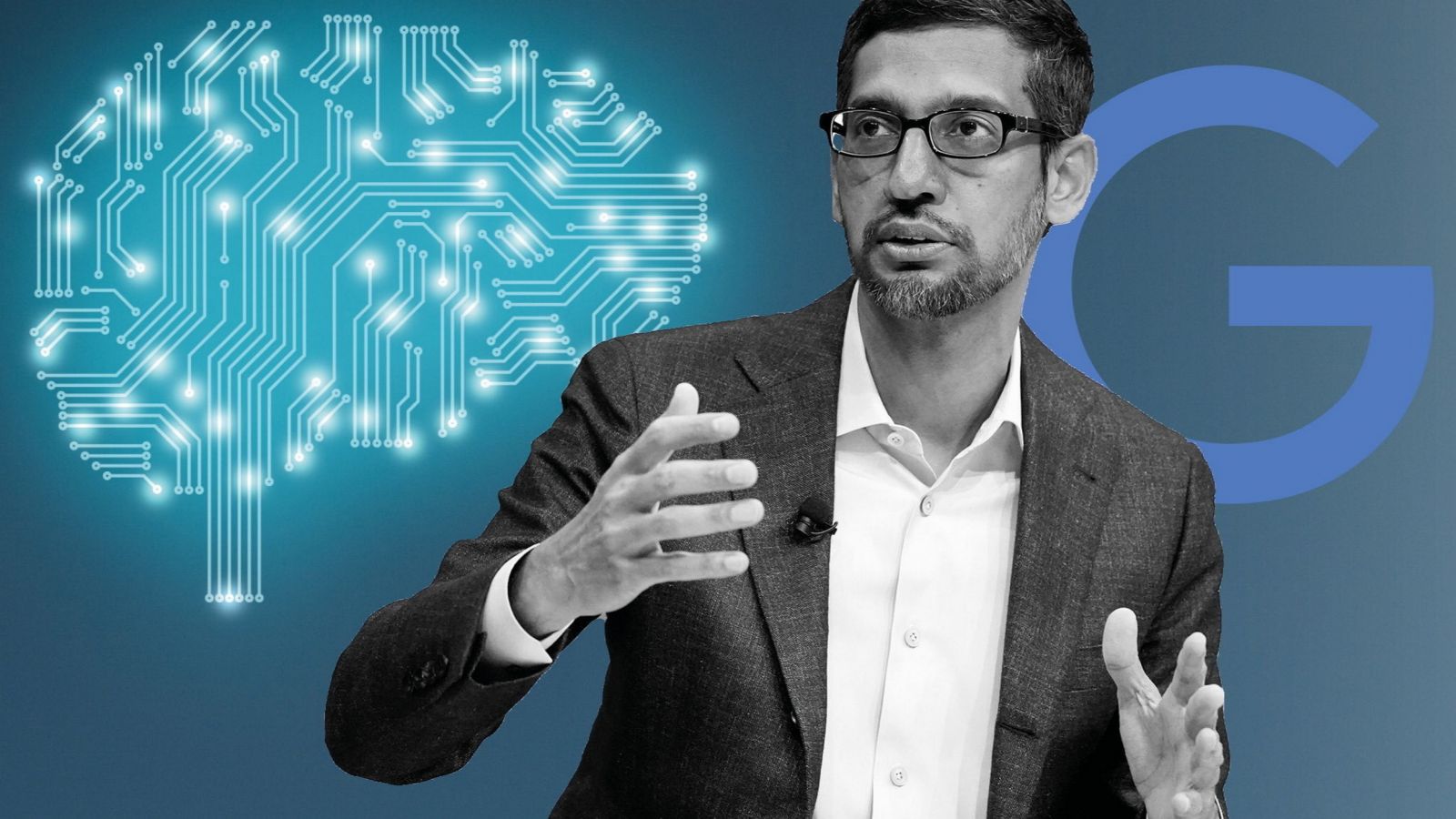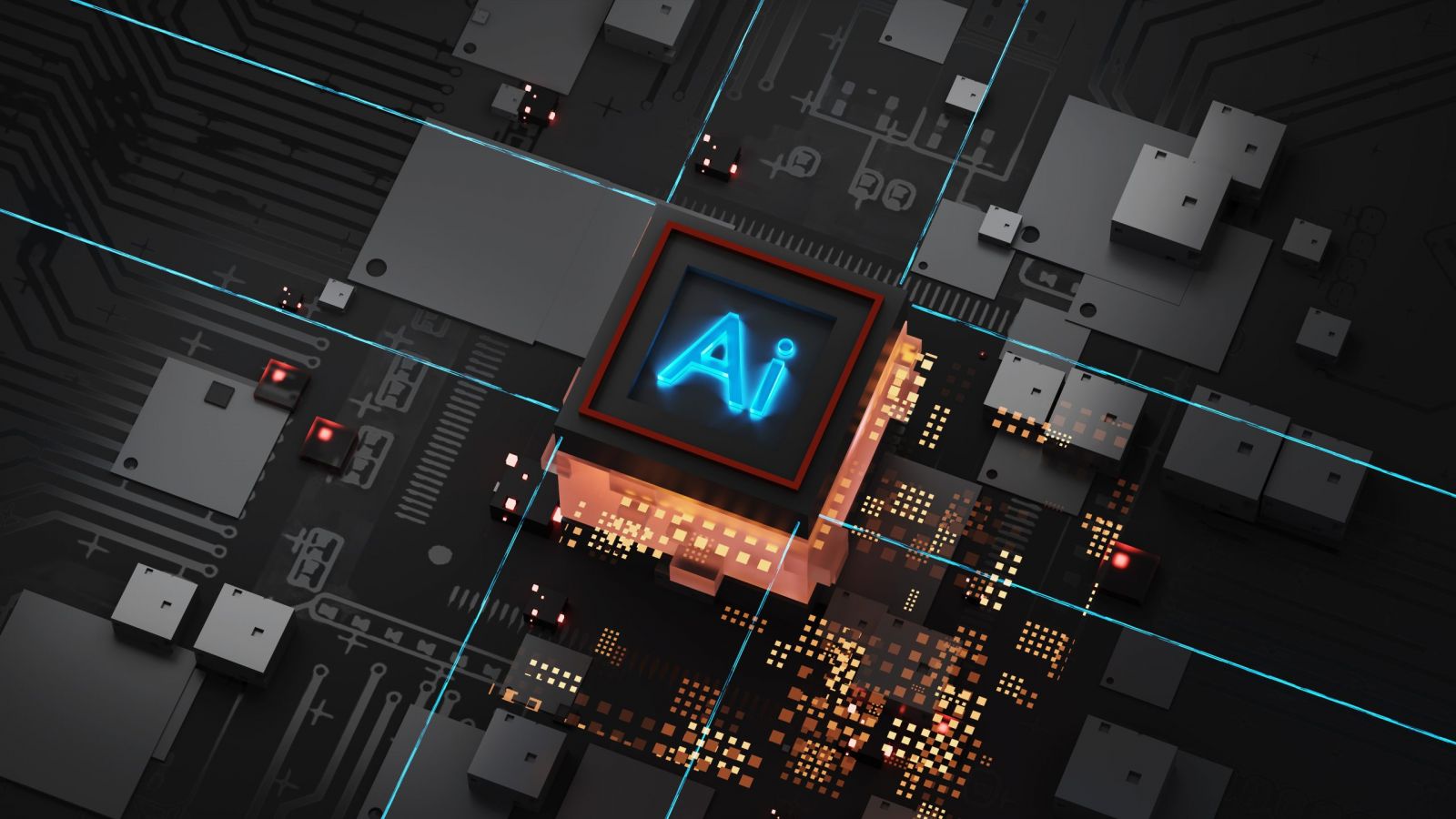The comedian Sheng Wang once did a bit around the conundrum of buying avocados in bulk: You never have a ripe one…until you have too many. Suddenly, you’ve got twenty-four hours to eat five avocados before they go bad—“a crisis,” jokes Wang.
While the bit may seem to have little to do with business, the economists Avi Goldfarb, Joshua Gans, and Ajay Agrawal describe a similar situation in their 2022 book Power and Prediction: The Disruptive Economics of Artificial Intelligence.
After publishing their 2018 book Prediction Machines: The Simple Economics of Artificial Intelligence—which illustrated the transformative power of using A.I. to make decisions—the authors realized that they hadn’t appreciated how these decisions could impact other departments or partners if not executed properly, so they wrote a follow-up to answer this question for leaders.

Given how rapidly businesses are adopting A.I., understanding how to extract its value to enable companies to thrive in the future is a crucial area of current growth for leaders.
According to McKinsey, more than half of businesses surveyed in 2022 were using A.I., which has more than doubled since 2017 and will continue climbing, especially in light of the splash made by ChatGPT and its subsequent rapid adoption. The authors say that scaling A.I. can be well worth it, but companies have yet to do so.
So, why is scaling this tremendous technology sometimes a challenge? Consider the shelf life of an avocado.
In Power and Prediction, the authors imagine a scenario in which a restaurant owner uses A.I. to predict customer demand. The owner then uses those predictions to guide how many avocados to order, which helps the restaurant in two ways: It can avoid over-ordering (thus minimizing waste) or under-ordering (which could lead to missing out on sales).
The rub is that restaurant doesn’t operate in a vacuum. It depends on the supply chain, and if the supplier isn’t prepared to adapt to orders that change week to week, it might be overwhelmed and unable to fulfill the demand.
There are two broad approaches to avoid this scenario: The first is a “modular” approach, in which the company would insulate a particular area so that decisions made within that area don’t affect other areas.

“For example, a more flexible menu might allow the restaurant to be flexible in the face of supply constraints and demand fluctuations,” Goldfarb tells The Workback. (Think: guacamole specials for when there are too many in stock or salsa week for when there aren’t enough avocados in the kitchen.)
The second approach is a system-level change that ensures better supplier and business coordination. In the case of the restaurant owners, this may not be within their control.
However, suppose another business wanted to transform the food service industry. In that case, developing an A.I. tool that allowed all the players involved—from the farm to the kitchen— to make better decisions might do the trick.
Agrawal explains it further to The Workback: “If you were to deploy this high-fidelity prediction tool, you could predict what people want in each restaurant and neighborhood.
Suppose you could predict that with enough of a forward timeline, it could impact what you choose to grow. Then we’re going right upstream to the grower, then to the distributor, then to the wholesaler, down to the retailer, and then ultimately to the restaurant.”
“Right now, if you walk into a restaurant and order something, only the restaurant knows about it,” says Agrawal. “In contrast, if you order a car service right now on your phone, that order is put into an information system connected to all the drivers and all the passengers at the company. In other words, it’s a ubiquitous information system that impacts the entire network. One person ordering a car impacts the pricing and where all the drivers go.”
Some companies are already attempting to transform the food service industry with A.I. Cooking startup Jasper, which uses robots to prepare meals for nearby high rises, recently told TechCrunch that it uses machine learning to schedule and dispense ingredients.
They plan to take it further so that the company can predict what meals customers want in how streaming services recommend entertainment choices.
Experts stress that communication shows that even amid a radical technological transformation, a business’s most basic human elements are still essential even amid a revolutionary technological change.












Replies to This Discussion